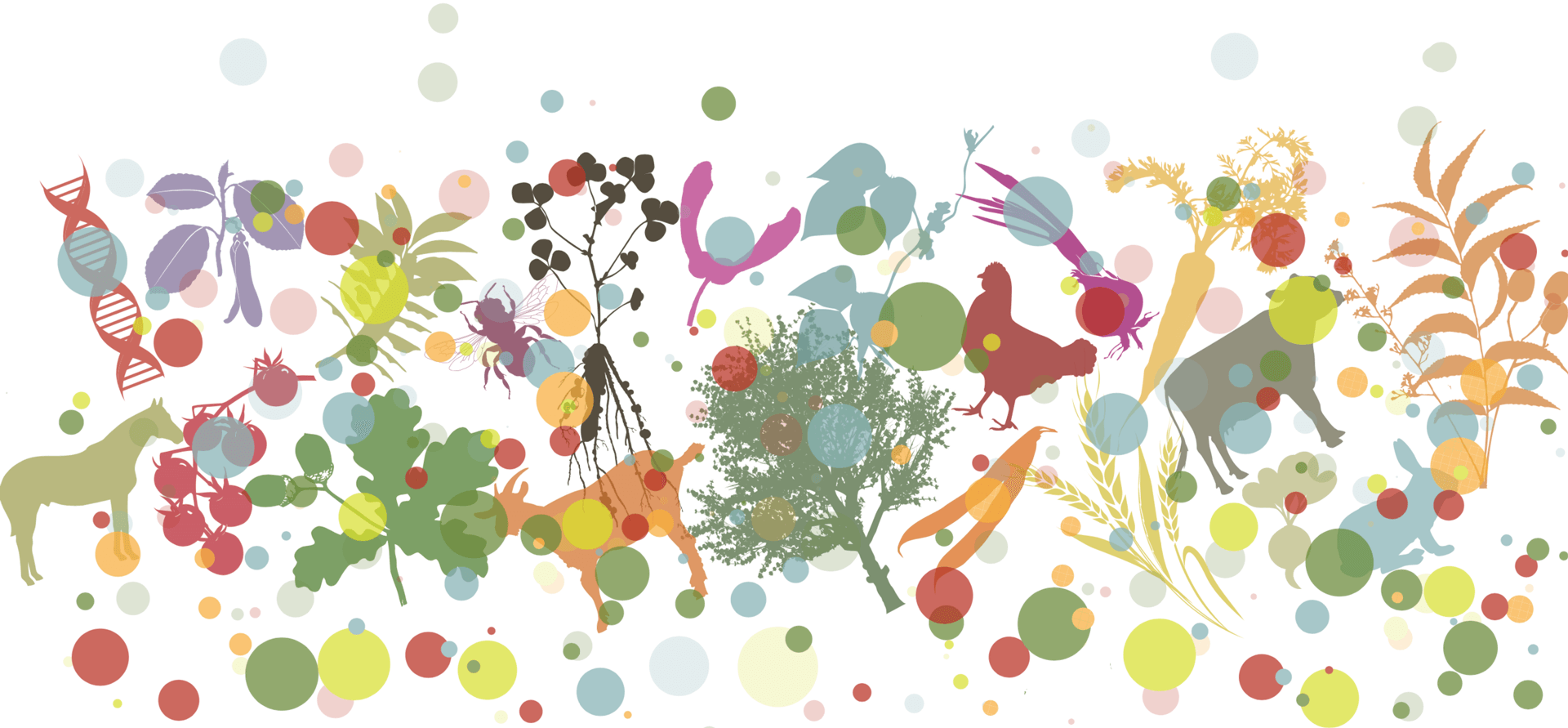A survey on the performance and status of disseminated elite N’Dama cattle breeding bulls at the multiplier tier of an Open Nucleus Breeding Scheme in The Gambia for the period 2011 to 2019
Main Article Content
Abstract
The results showed that the disseminated bulls’ performance is generally satisfactorily as asserted by 28 respondents. Twenty-eight respondents reported that the bulls were healthier, 31 ascribed these bulls with stronger libido, 20 asserted that female offspring from these bulls produced more milk, and 26 claimed that offspring had a faster growth rate. A total of 473 calves have been sired by these bulls thus far. However, only 19 bulls are currently present at the multiplier herds due to the exit of 33 bulls arising from various causes. Cattle production challenges reported by farmers included decreasing grazing lands, rampant bush fires, and inadequate watering points; whilst listed health constraints included inadequate access to veterinary drugs and disease prevalence. The multiplication of the disseminated breeding bulls at the Multiplier tier has progressed well in terms of sired offspring, but further transfer to the Commercial Farmer tier is slow. This situation calls for more sensitization of farmers, increased visibility of the breeding programme, and utilization of other reproductive techniques such as artificial insemination to reach more cows for enhanced genetic improvement and productivity.
Article Details
Authors retain copyright of the articles published in Genetic Resources and grant the journal right of first publication with open access. All articles published in Genetic Resource are licensed under Creative Commons Attribution 4.0 International License (CC BY 4.0) that allows others to download, share and adapt the work for commercial and non-commercial purposes as long as proper attribution to the original article is given. Genetic Resources permits and encourages authors to post items submitted to the journal (including the publisher's final layout) on personal websites or institutional repositories after acceptance and/or publication, while providing bibliographic details that credit their publication in Genetic Resources.
Agyemang, K (2003). “Improved Performance in Trypanotolerant Livestock. Final Project Report of BMZ/GTZ funded project”. International Trypanotolerance Centre.
Bosso, N (2007). “The N’Dama cattle genetic improvement programme: A review”. Animal Genetic Resources Information 40, pp. 65–69. DOI: https://doi.org/10.1017/S1014233900002200.
Bosso, N A et al. (2009). “Genetic analyses of N’Dama cattle breed selection schemes”. Livestock Research for Rural Development 21(8). URL: http://www.lrrd.org/lrrd21/8/boss21135.htm.
Camara, Y et al. (2019). “Analysing innovations among cattle smallholders to evaluate the adequacy of breeding programs”. Animal 13(2), pp. 417–426. DOI: https://doi.org/10.1017/S1751731118001544.
Dempfle, L and J Jaitner (2000). “Case Study about the N’Dama breeding programme at the International Trypanotolerance Centre (ITC) in The Gambia”. In: Developing Breeding Strategies for Lower Input Animal Production Environments. Proc. of an International Workshop, Bella (Italy), 22-25 September 1999. Ed. by S Galal, J Boyazoglu, and K Hammond. Vol. 3. ICAR Technical Series. Rome, Italy: ICAR, pp. 347–354. URL:https://www.icar.org/index.php/publications-technical-materials/technical-series-and-proceedings/icar-technical-series-by-single-contribution/icar-technical-series-3/.
ITC (2017). “ITC Annual Report 2017 and Outlook 2018”. International Trypanotolerance Centre, Banjul, The Gambia. URL: http://www.walic-wa.org/wp-content/uploads/2019/03/ITC-ANNUAL-REPORT-FOR-2017-AND-OUTLOOK-2018.pdf.
ITC (2018). “ITC Annual Report 2018 and Outlook 2019”. International Trypanotolerance Centre, Banjul, The Gambia. URL: http://www.walic-wa.org/wp-content/uploads/2020/03/WALIC-ANNUAL-REPORT-FOR-2018-AND-OUTLOOK-2019.pdf.
Jaitner, J and L Dempfle (1998). “A breeding scheme for the indigenous N’Dama cattle”. In: Proceedings of the 49th annual meeting of the EAAP, 24–27 August 1998, Warsaw, Poland, p. 42.
Mattioli, R C et al. (1998). “Trypanosome infections and tick infestations: susceptibility in N’Dama, Gobra zebu and Gobra x N’Dama crossbred cattle exposed to natural challenge and maintained under high and low surveillance of trypanosome infections”. Acta Tropica(1), pp. 57–71. DOI: https://doi.org/10.1016/s0001-706x(98)00051-5.
Olaniyan, O F, N N Fall-Diop, et al. (2015). “Assessment of institutional capacities of the Gambia Indigenous Livestock Multipliers’ Association”. Animal Genetic Resources 57, pp. 119–126. DOI: https://doi.org/10.1017/S207863361500020X.
Olaniyan, O F, I Kaya, and A Secka (2021). “Trypanosomosis prevalence in natural field-based infection: insights into systematic review and meta-analysis of studies from 1980 to 2018 on The Gambian ruminants with special emphasis on cattle”. Tropical Animal Health and Production(25), pp. 53–53. DOI: https://doi.org/10.1007/s11250-020-02461-w.
Ouédraogo, D et al. (2021). “Genetic Improvement of Local Cattle Breeds in West Africa: A review of Breeding Programs”. Sustainability 13(4), p. 2125. DOI: https://doi.org/10.3390/su13042125.
Secka, A et al. (2015). “Effects of changing climate and vegetation on trypanosomosis burden in The Gambia”. Bulletin of Animal Health and Production 63(3), pp. 335–367. URL: http://repository.au-ibar.org/handle/123456789/476.
Traoré, S A et al. (2017). “Production objectives, trait and breed preferences of farmers keeping N’Dama, Fulani Zebu and crossbred cattle and implications for breeding programs”. Animal 11(4), pp. 687–695. DOI: https://doi.org/10.1017/S1751731116002196.
WARF (2014). “Participatory Institutional Diagnosis of Gambia Indigenous Multipliers Association”. West Africa Rural Foundation, Senegal and International Trypanotolerance Centre, The Gambia.







 This journal has been conceived as part of the
This journal has been conceived as part of the